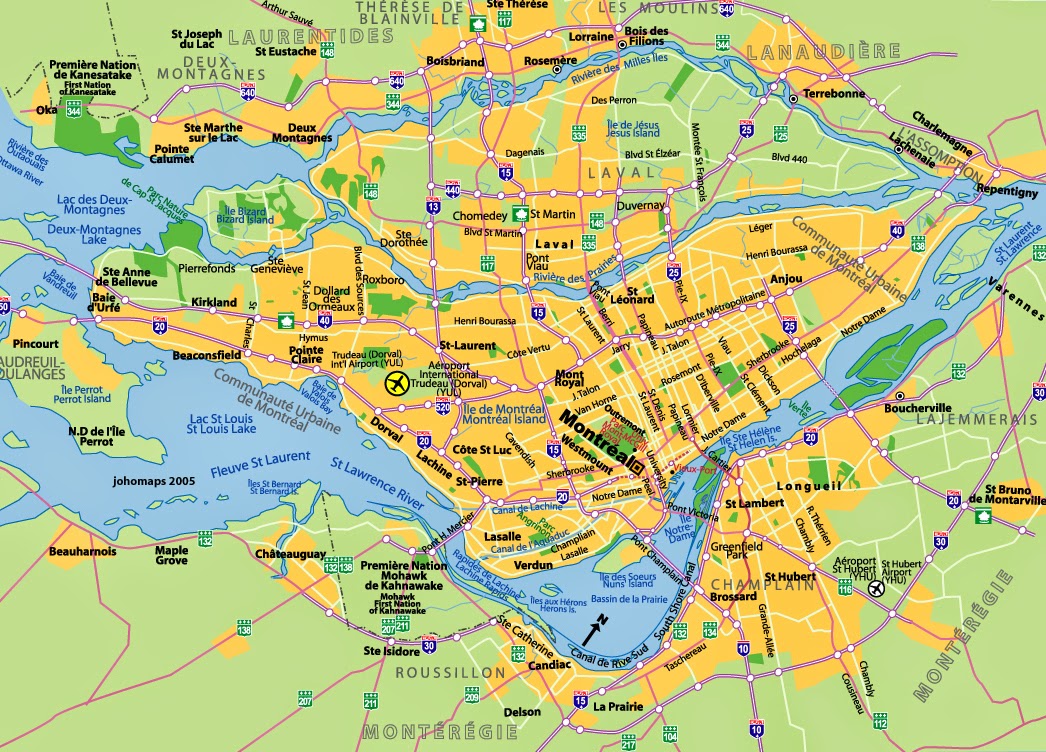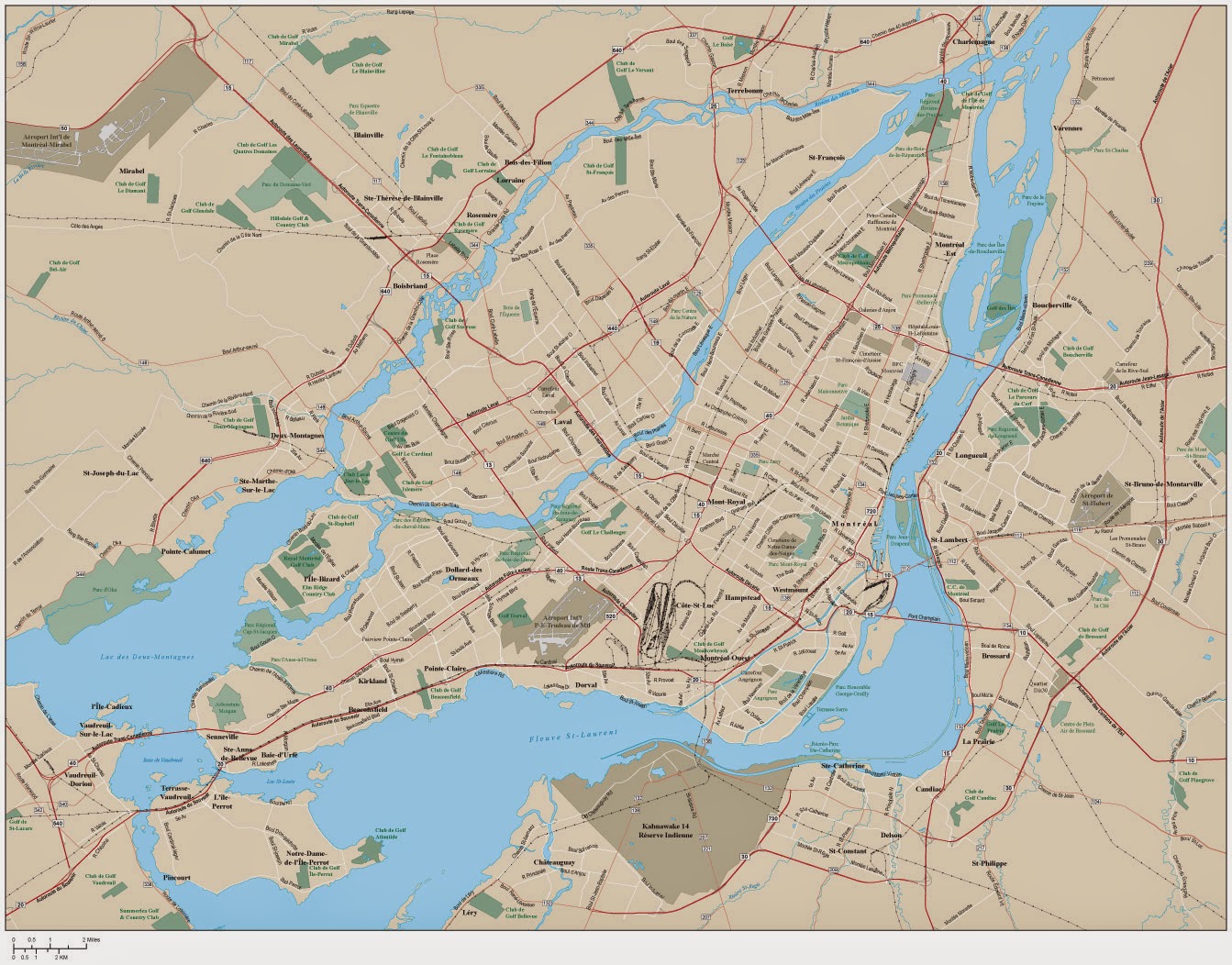Montreal, one of Canada’s most vibrant cities, boasts a rich history and diverse culture that can be best appreciated through its detailed map. The Montreal Quebec map is not just a tool for navigation; it is a gateway to understanding the intricate layers of this beautiful city. From its stunning architecture to its bustling neighborhoods, the map reveals the essence of Montreal, making it an essential resource for tourists and locals alike.
In this article, we will delve into the various aspects of the Montreal Quebec map, including its features, historical significance, and practical uses. Whether you are planning a visit or looking to explore your own backyard, understanding this map will enhance your experience in Montreal.
We will cover essential topics such as the layout of the city, key attractions, transportation options, and tips for navigating the streets of Montreal. So, get ready to uncover the secrets of this iconic city through its map!
Table of Contents
- Overview of Montreal, Quebec
- Features of the Montreal Quebec Map
- Key Attractions in Montreal
- Exploring Montreal's Neighborhoods
- Transportation Options in Montreal
- Historical Significance of the Map
- Practical Tips for Using the Map
- Conclusion
Overview of Montreal, Quebec
Montreal, located in the province of Quebec, is the largest city in Canada. Known for its French-speaking population, Montreal is a cultural hub that blends European charm with North American flair. The city is situated on the Island of Montreal, where the Saint Lawrence River meets the Ottawa River. Its unique geography and historical roots contribute to its distinct character.
Geographical Layout
The geographical layout of Montreal is shaped by its island setting. The city is divided into several boroughs, each with its own unique attractions and amenities. Major areas include:
- Downtown Montreal
- Old Montreal
- Plateau Mont-Royal
- Saint-Laurent
- Villeray–Saint-Michel–Parc-Extension
Features of the Montreal Quebec Map
The Montreal Quebec map offers a wealth of information that can enhance your exploration of the city. Here are some of its key features:
- Street Names and Numbers: Clearly marked streets make navigation straightforward.
- Landmarks and Attractions: Major landmarks are highlighted, allowing for easy identification.
- Public Transportation Routes: Metro and bus routes are clearly outlined, facilitating travel around the city.
- Interactive Features: Digital versions of the map often include interactive features that allow users to zoom in and out.
Key Attractions in Montreal
Montreal is home to numerous attractions that draw visitors from around the world. Here are some must-see sites that can be easily found on the Montreal Quebec map:
- Mount Royal Park: A stunning park offering panoramic views of the city.
- Notre-Dame Basilica: A historic church known for its stunning architecture.
- Montreal Museum of Fine Arts: A premier art museum showcasing a diverse collection.
- Old Port of Montreal: A lively area with shops, restaurants, and waterfront activities.
Exploring Montreal's Neighborhoods
Each neighborhood in Montreal has its own unique flavor, and understanding them can greatly enhance your experience. The Montreal Quebec map is an invaluable tool for exploring these diverse areas:
Old Montreal
Old Montreal is known for its cobblestone streets and historic buildings. This area is rich in history and offers a glimpse into the city’s past.
Plateau Mont-Royal
The Plateau is a vibrant neighborhood known for its bohemian atmosphere, colorful murals, and eclectic shops. It is a great place to experience local culture.
Transportation Options in Montreal
Getting around Montreal is convenient, thanks to its well-developed transportation system. The Montreal Quebec map provides essential information for navigating public transport:
- Metro System: The Montreal Metro is an efficient way to travel across the city.
- Bus Services: Extensive bus routes complement the metro system.
- Biking: Montreal is bike-friendly, with dedicated bike lanes and rental services available.
- Walking: Many attractions are within walking distance, making it easy to explore on foot.
Historical Significance of the Map
The Montreal Quebec map holds historical significance as it reflects the city’s growth and development over the years. Early maps of Montreal show the transformation from a small settlement to a bustling metropolis. Understanding this history adds depth to your exploration of the city.
Evolution of the City
As Montreal evolved, so did its map. Historical maps reveal changes in infrastructure, the expansion of neighborhoods, and the development of key landmarks. Comparing old maps to the current version can provide fascinating insights into the city’s transformation.
Practical Tips for Using the Map
Here are some practical tips for utilizing the Montreal Quebec map effectively:
- Download a Digital Version: A digital map can be accessed on your smartphone for easy navigation.
- Familiarize Yourself with Key Areas: Before embarking on your journey, take time to study the map and identify key locations.
- Use Landmarks for Orientation: Familiarizing yourself with major landmarks can help you navigate more effectively.
- Ask Locals for Recommendations: Locals can provide valuable insights and tips on hidden gems not marked on the map.
Conclusion
In conclusion, the Montreal Quebec map is an essential resource for anyone looking to explore this dynamic city. From its detailed layout and key attractions to practical tips for navigation, this map serves as a guide to uncovering the best that Montreal has to offer. We encourage you to take action by planning your visit, utilizing the map, and exploring the vibrant neighborhoods and landmarks that make Montreal a unique destination.
Feel free to leave a comment below if you have any questions or share your experiences exploring Montreal. Don’t forget to check out our other articles for more travel tips and guides!
Thank you for reading, and we hope to see you back here for more exciting content about the beautiful city of Montreal!


